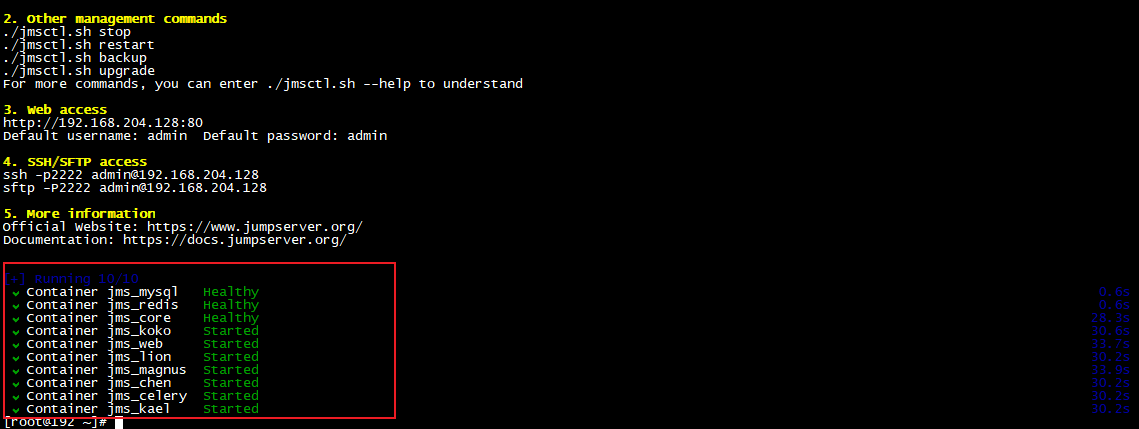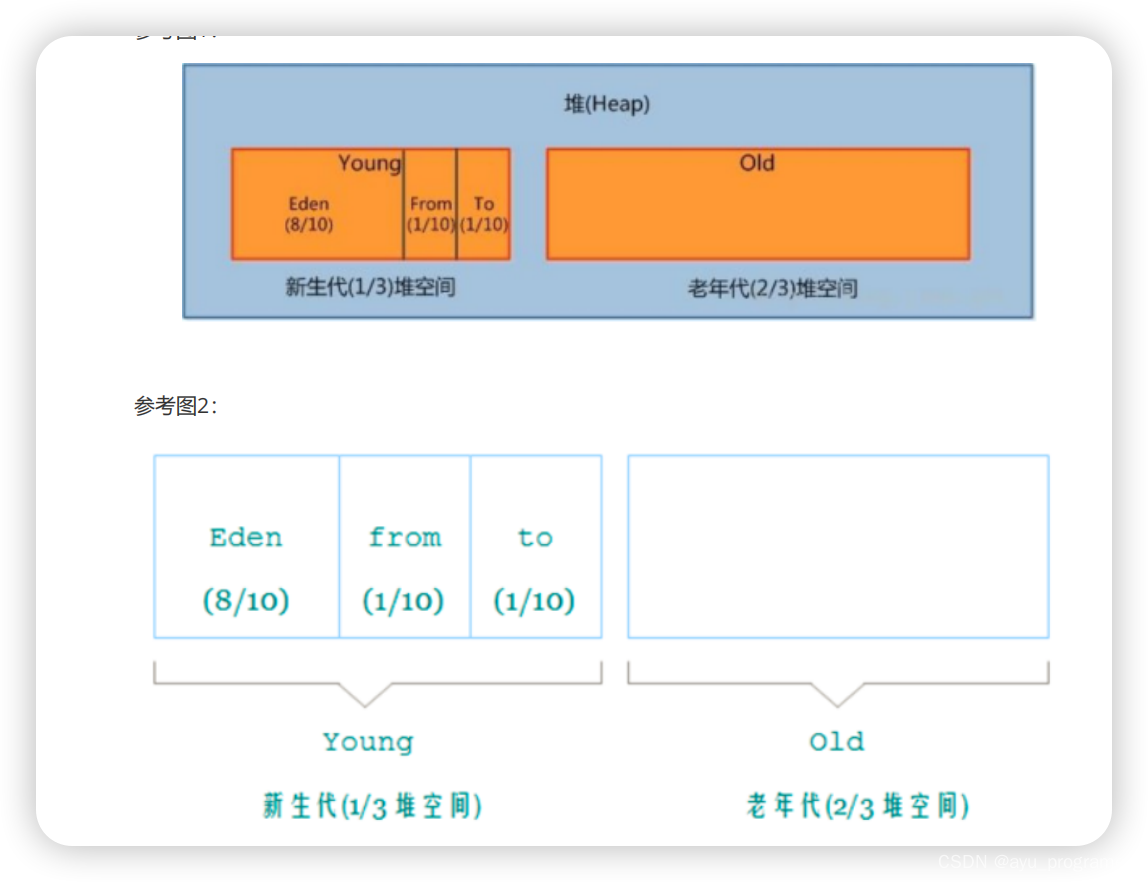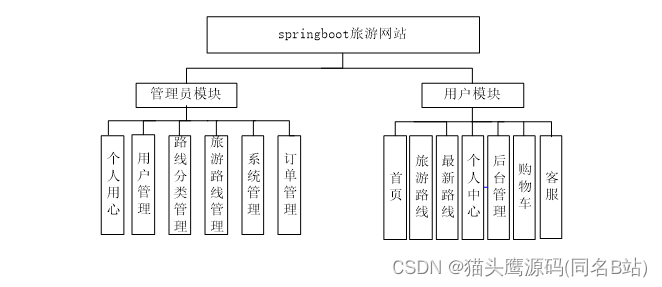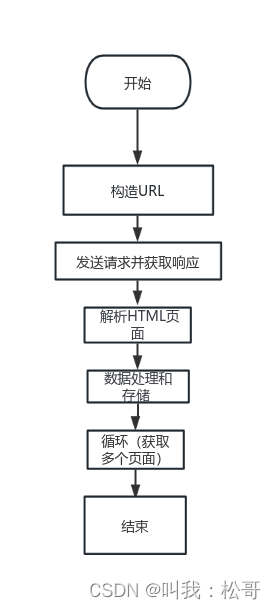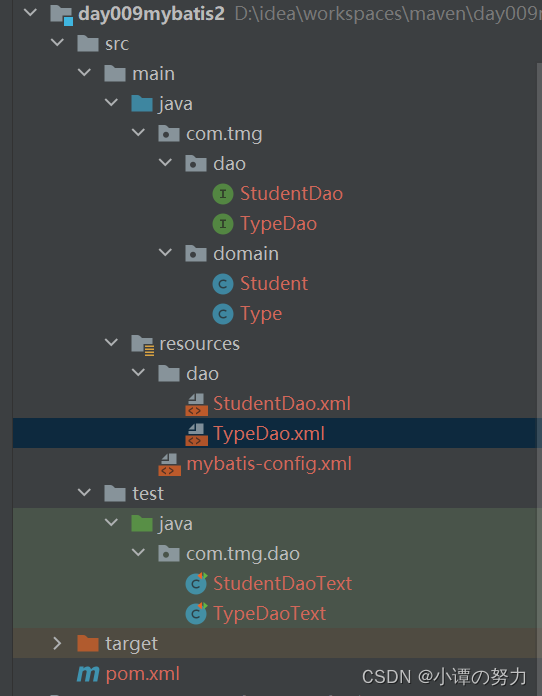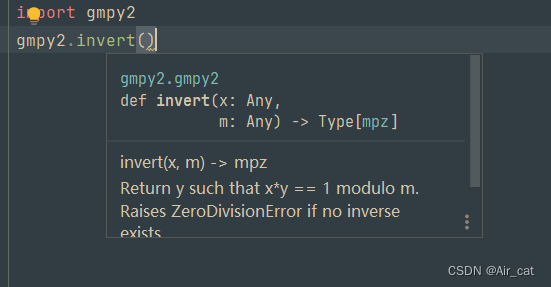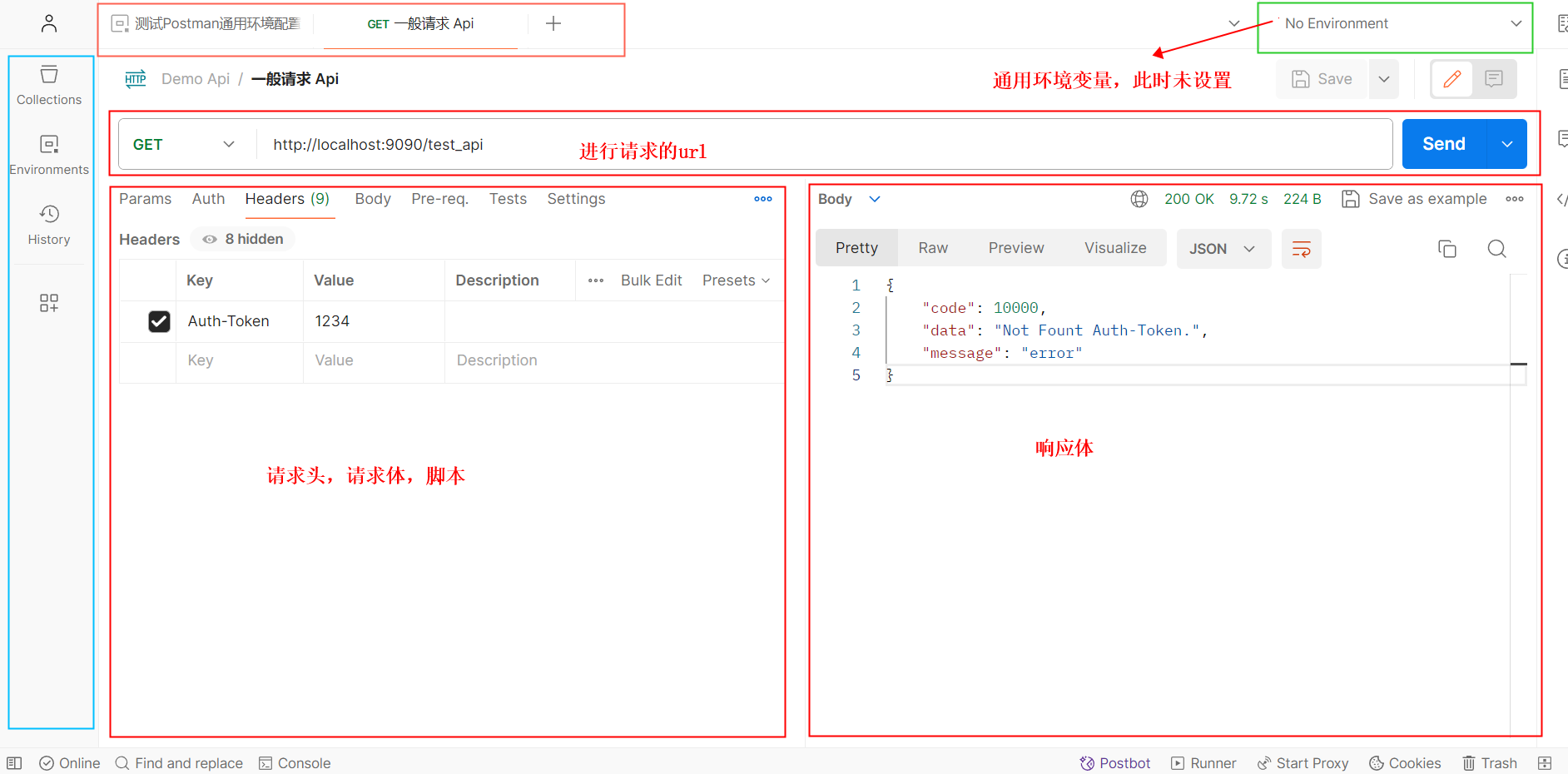由于工作站安装的是 ubuntu,卡也在上面,就只能在 ubuntu 上部署安装 stable diffusion 了。另外,Linux 上使用 stable diffusion 也会方便很多。
1 准备工作
- NVIDIA 官网下载驱动,主要是为了规避多卡驱动不同的问题。由于本机是两张一样的卡,就可以省去这一步。如果存在不同型号的多卡驱动不兼容的问题,就需要去官网下载。
- 安装 python 3.10
- 安装 CUDA11.8(pytorch2.x,xformers),对 stable diffusion 兼容比较好
- 支持 pytorch2.x
- 支持 xformers,可以加速图片生成
2 deploy stable diffusion
github stable diffusion webUI
git clone https://github.com/AUTOMATIC1111/stable-diffusion-webui.git配置 venv python 虚拟环境,因为不同模型的 python 版本要求不同
# 创建虚拟环境 python3 -m venv venv # 进入虚拟环境 source venv/bin/activate # 退出虚拟环境 deactivate也可以使用 conda 来进行虚拟环境的创建和管理。
Stable diffusion WebUI 启动,自动安装依赖
# 启动,会自动下载依赖 ./webui.sh --xformers
3 报错解决
‘’’
这里可能会出现一些报错
Cannot locate TCMalloc(improves CPU memory usage),这个报错是因为缺少 libgoogle-perftools4 和 libtcmalloc-minimal4,直接安装即可
sudo apt install libgoogle-perftools4 libtcmalloc-minimal4 -yThis scripts must not be launched as root, aborting…
解决方法:
bash webui.sh -f
‘’’
- OSError: Can’t load tokenizer for ‘openai/clip-vit-large-patch14’. If you were trying to load it from ‘https://huggingface.co/models’, make sure you don’t have a local directory with the same name. Otherwise, make sure ‘openai/clip-vit-large-patch14’ is the correct path to a directory containing all relevant files for a CLIPTokenizer tokenizer.
解决方法:
运行时它需要访问huggingface.co去下载一些模型需要的文件,而大陆用户连接不上huggingface.co,导致部署失败。
下载文件并进行配置, 让 stable diffusion 访问本地数据, 放置到你所需要的目录, 开始进行配置,这些文件(clip)是模型中encoder所需要的,我们可以从报错信息中去发现是哪里调用了这个openai/clip-vit-large-patch14,去修改这个路径配置即可。

这里的配置会导致我们运行时会去huggingface.co(外网)找这个文件,只需要将这个改成我们之前下载所放置的路径即可, 一共四处

- RuntimeError: GET was unable to find an engine to execute this computation
解决方法:
因为torch torchvision cuda以及python版本都是有兼容关系的, 这三者安装兼容版本就可以了.
检测torch和cuda是否能用:
import torch
print(torch.__version__)
print(torch.cuda.is_available())

测试:
import torch
print(torch.cuda.is_available())
num_gpu =1
# Decide which device to run on
device = torch.device("cuda:0" if (torch.cuda.is_available() and num_gpu > 0) else "cpu")
print(device)
print(torch.cuda.get_device_name(0))
print(torch.rand(3,3).cuda())

检查cudnn是否可用:
print(torch.backends.cudnn.version())




